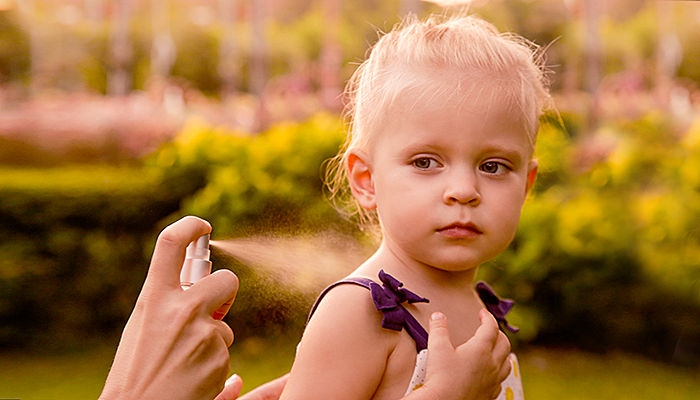Natural hazards
Cyclones, floods and fires are a fact of life in Australia, and the tropics bear the brunt of flood events and cyclones more than any other area. While states and territories manage the emergency response to disaster events, councils and shires often provide localised and targeted advice to individuals and families.
When you are caring for a child, you are more vulnerable to the impact of disaster events. Being prepared and having appropriate disaster plans ready will allow you to take early and decisive action in response to natural hazards.
Tropical diseases
The heat and the humidity of tropical Australia provide the perfect climate for disease-carrying insects like mosquitoes and ticks. Take all possible precautions to avoid bites from these insects while in natural areas and in the external areas of your home.
Reduce insect access to your home by installing flyscreens and plugging any gaps. You can also minimise potential mosquito-breeding habitats around your home by removing any water-gathering receptacles from the yard, clearing your gutters and filling in any ditches or depressions.
Wildlife
Australia’s tropics contain a greater diversity and abundance of dangerous wildlife than regions in the temperate south. Potentially dangerous fauna includes snakes, spiders, cassowaries, crocodiles, jellyfish, stonefish and sharks. Be aware of these animals in natural areas such as beaches and parks, and take steps around the home to prevent any dangerous animals accessing your property or settling in your outdoor areas. Educate your children from a young age on how to avoid encounters with snakes and spiders and what they should do if they see one.
Swimming pools and waterways
While (with very few exceptions) Australian swimming pools must be enclosed by childproof fencing, homes in the tropics are also more likely to be near intermittent bodies of water – that is, they may be dry one day and full the next.
Dams, creeks, ponds and rivers – particularly those that may be inhabited by crocodiles – are all hazards around which parents must actively supervise their children, particularly during the wet season.
Beach safety
Research any beach before you visit it, and follow all warnings as displayed by local authorities; wildlife and environmental hazards may vary seasonally – even day-to-day. Avoid swimming on unpatrolled beaches and always swim between the red and yellow flags. When you do go swimming with your child, it’s preferable to have a second adult on land keeping an eye on you both.
First aid and emergencies
It’s a good idea to have a first aid kit on hand at home and in the car. Consider undertaking first aid and CPR training with a certified training provider.
Where bites or stings from venomous animals occur, try to get your child to describe what bit or stung them; this can help responders determine the treatment and any required anti-venom to administer. In any emergency, always dial 000.



